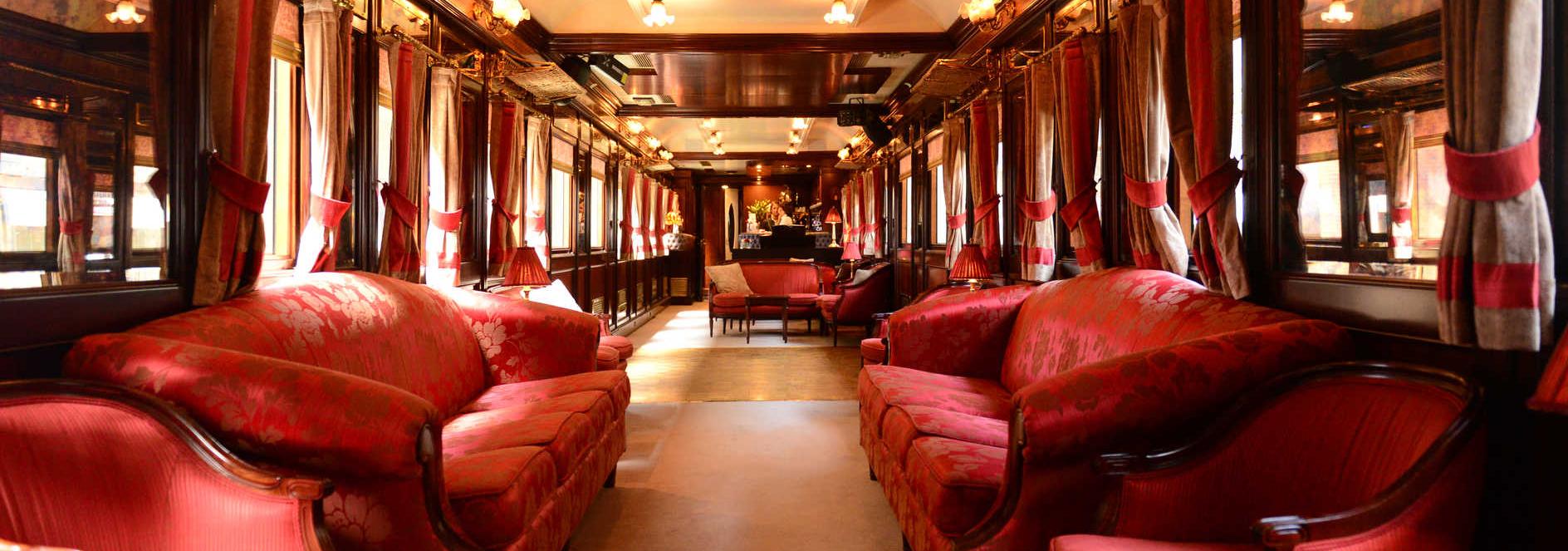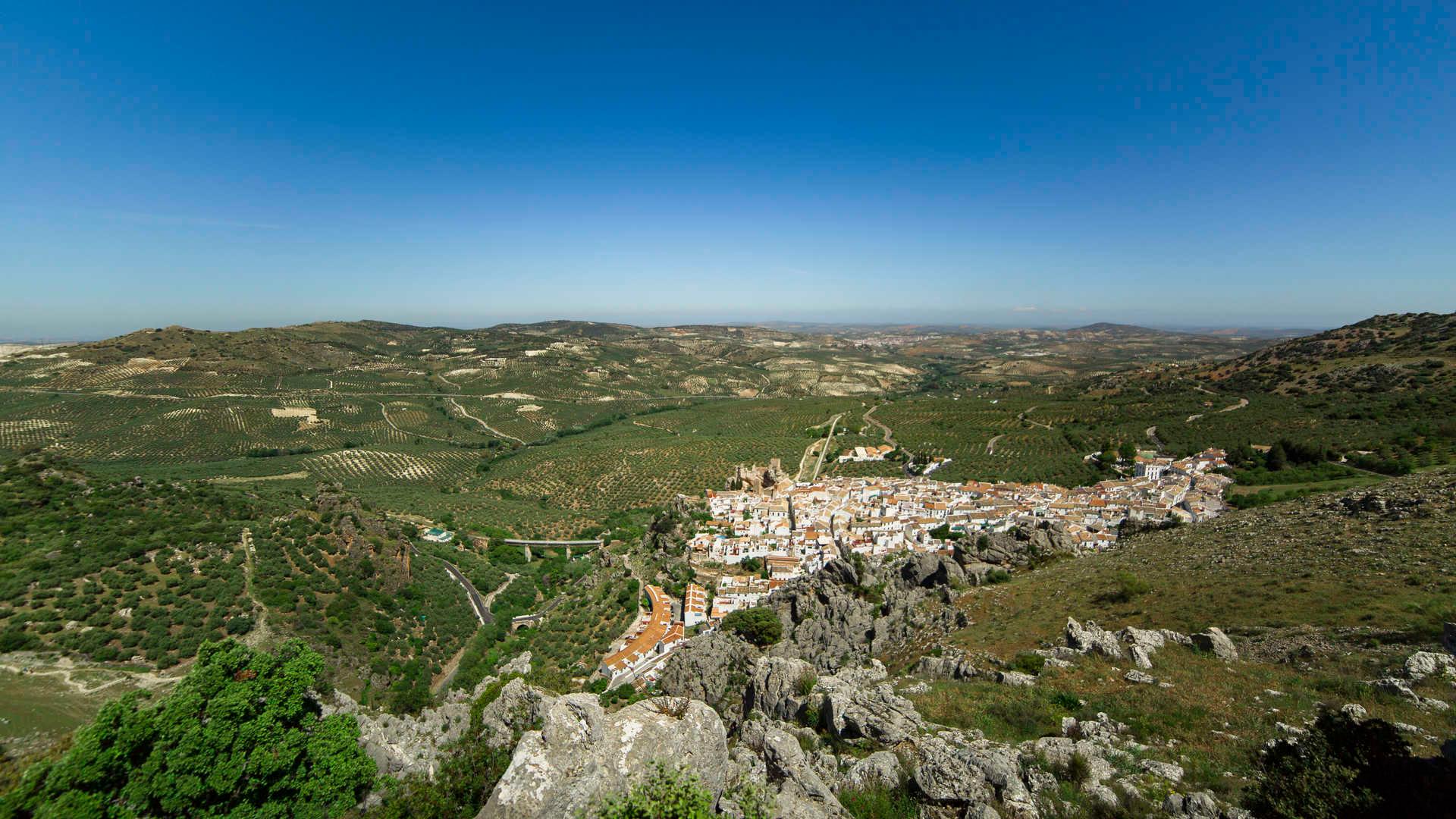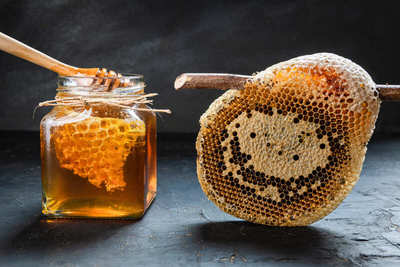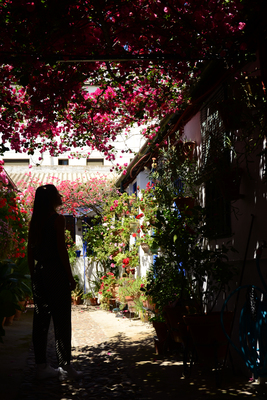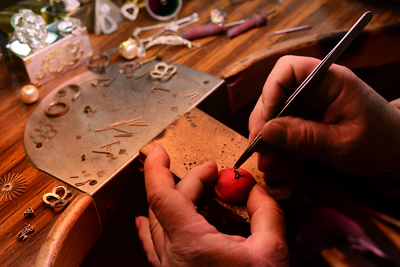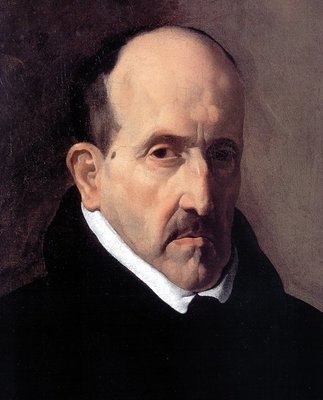Lucena, the pearl of Sefarad
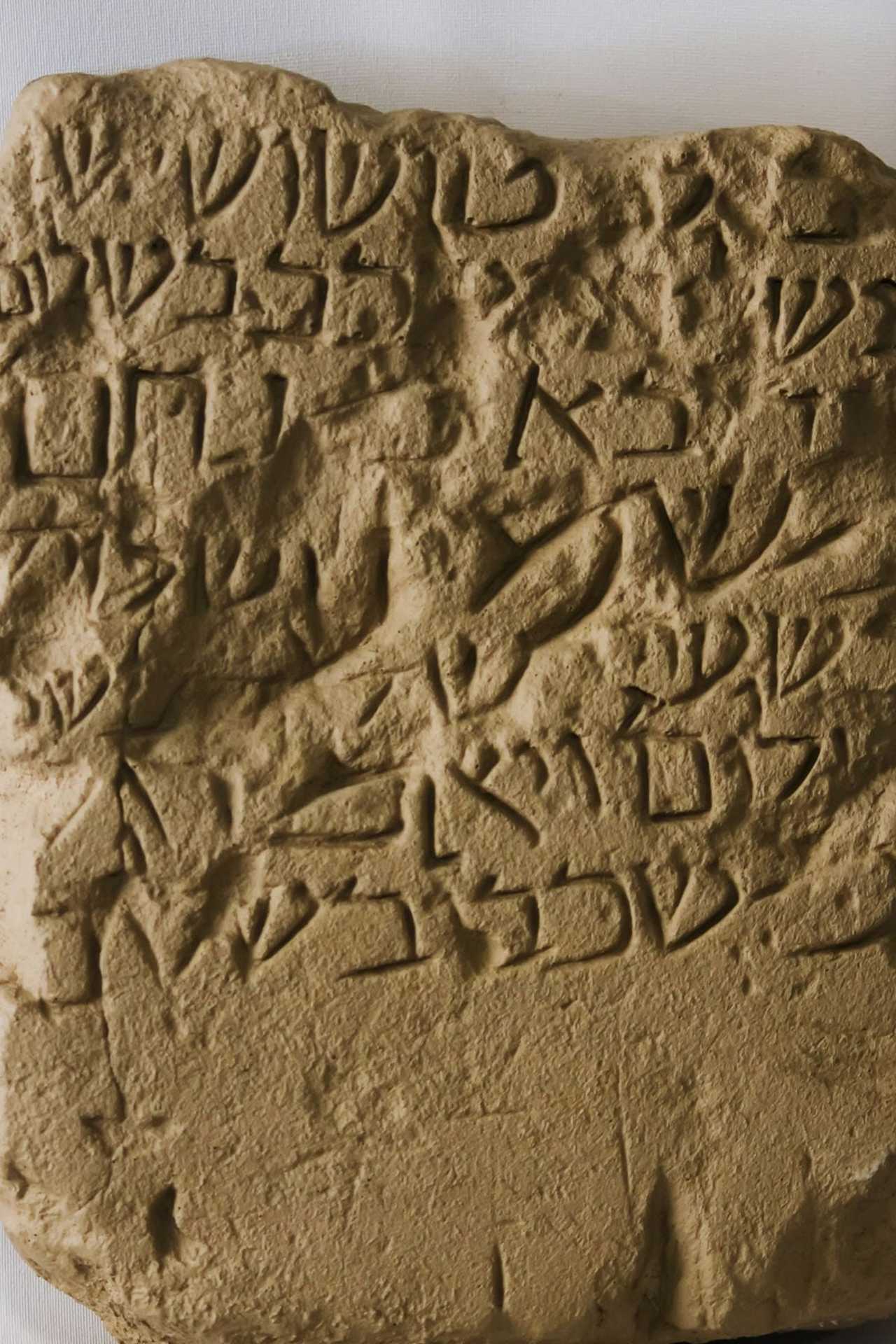
Eliossana, as Lucena was known during its great Sephardic era, was for some time exclusively inhabited by Jews, whose culture has forged its character and history to this day. This imprint was so deep that a large part of the Lucentian elite of later centuries had its origins in families of Jewish converts. Citizens who, for years, settled in Lucena attracted by its fame and good fortune. Let's see how this story begins.
During the 9th to 12th centuries, the town of Lucena became one of the most prominent Jewish communities in Al-Andalus. So much so that it attracted the most prestigious philosophers and poets of the time and became known as "the Pearl of Sepharad". Its cultural splendour can be compared to that of the Hispanic-Hebrew literary circles of Cordoba and Granada during the Caliphate and the Taifa kingdoms.
Within its walls, which sheltered numerous Jews who fled from the persecutions of Granada and Cordoba during the 11th century, was the Academy of Talmudic Studies, a meeting point for great intellectuals, philosophers, poets and doctors of the time.
An essential place to learn more about "the Pearl of Sepharad" is the Parish Church of San Mateo, where you can still feel the spirituality of the three cultures that successively left their imprint on the church. On the site of the Church of San Mateo was the ancient synagogue, then the town's mosque, until after the Christian conquest, in 1240, when it was adapted to the new religion.
Next to the Plaza de España, you shouldn't miss Moral Castle, a medieval fortress declared of cultural interest. Its central part, which is the oldest, was probably built between the 11th and 12th centuries, in the times of the Jewish Lucena. Later, after the Christian conquest of the town, it was refurbished many times until it became what we see today. In the surrounding area and during the Granada War, the famous Battle of Lucena or of the Arroyo de Martín González took place, where the last king of Granada, Boabdil el Chico, was defeated. It is still remembered that he was imprisoned in the keep at Moral Castle for some time.
Today, Moral Castle houses the Archaeological and Ethnological Museum which has ten rooms offering a journey through the history of Lucena. The "Pearl of Sepharad" room, whose walls are decorated with poems in Hebrew by illustrious locals, welcomes visitors with a bust of the great scholar Alfasi.
A good number of the items housed in the museum belong to the grave goods of the Jewish necropolis of Lucena, the largest in Spain and a place not to be missed if you want to continue enjoying and learning more about the history of Eliossana. The Jewish cemetery, of which 346 tombs excavated in almost half a hectare have been documented, is one of the gems of the Spanish Sephardic heritage. If you walk in silence among its tombs and tombstones or see the Wailing Wall, which has been recreated together with the four types of tombs that have been found, you will be able to have a better understanding the life of Jewish society, a community that continues to venerate this space today as a place of reference for their ancestors.

